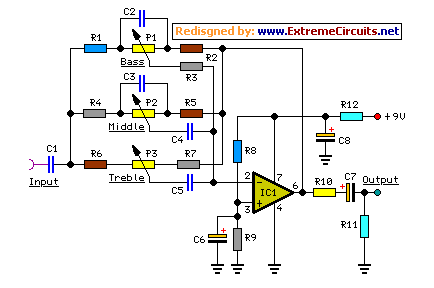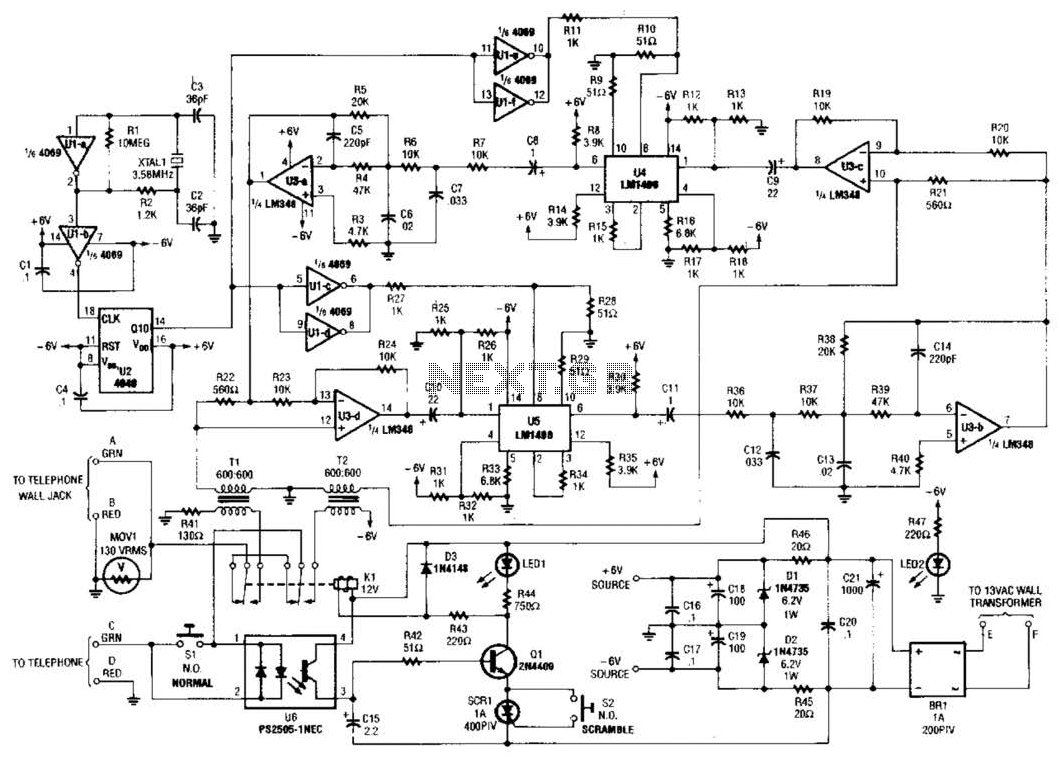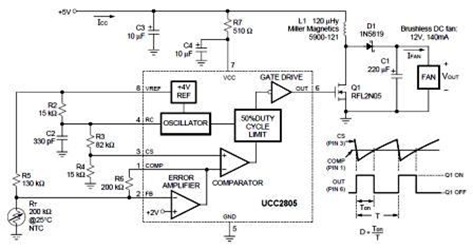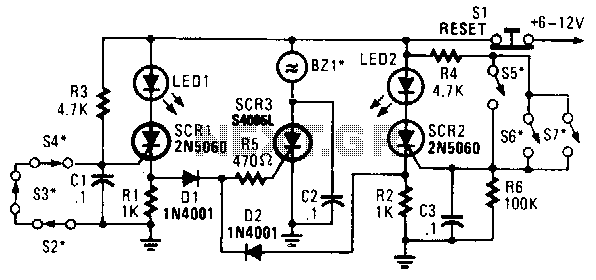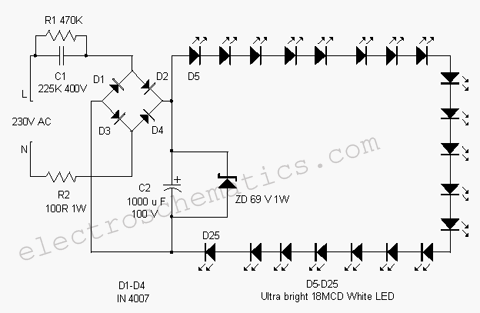
10W audio amplifier circuit by TDA2030

All ground points in the circuit should be connected to a single point and grounded if possible, or connected to the transformer's 0V marked wire as shown in the circuit.
In electronic circuit design, proper grounding is crucial for maintaining signal integrity and minimizing noise. The recommendation to connect all ground points to a single point is known as a star grounding technique. This approach helps to prevent ground loops, which can introduce unwanted interference and degrade the performance of the circuit.
When implementing this design, it is essential to ensure that the ground connections are made using low-resistance paths to avoid voltage drops that could affect circuit operation. The ground point can be physically located at the power supply's negative terminal or at a designated ground plane on a printed circuit board (PCB).
If a transformer is used, the recommendation to connect to the 0V marked wire indicates that this wire serves as a common reference point for the circuit's ground. Care should be taken to ensure that the transformer is properly rated and that its grounding scheme aligns with the overall circuit design to maintain safety and functionality.
In summary, the grounding strategy described emphasizes the importance of a unified ground reference in circuit design, which is essential for reliable operation and performance optimization.All ground point in the circuit should be connected in a single point and ground it(If possible) or connect in transformer`s 0 marked wire as shown in the circuit. 🔗 External reference
In electronic circuit design, proper grounding is crucial for maintaining signal integrity and minimizing noise. The recommendation to connect all ground points to a single point is known as a star grounding technique. This approach helps to prevent ground loops, which can introduce unwanted interference and degrade the performance of the circuit.
When implementing this design, it is essential to ensure that the ground connections are made using low-resistance paths to avoid voltage drops that could affect circuit operation. The ground point can be physically located at the power supply's negative terminal or at a designated ground plane on a printed circuit board (PCB).
If a transformer is used, the recommendation to connect to the 0V marked wire indicates that this wire serves as a common reference point for the circuit's ground. Care should be taken to ensure that the transformer is properly rated and that its grounding scheme aligns with the overall circuit design to maintain safety and functionality.
In summary, the grounding strategy described emphasizes the importance of a unified ground reference in circuit design, which is essential for reliable operation and performance optimization.All ground point in the circuit should be connected in a single point and ground it(If possible) or connect in transformer`s 0 marked wire as shown in the circuit. 🔗 External reference

